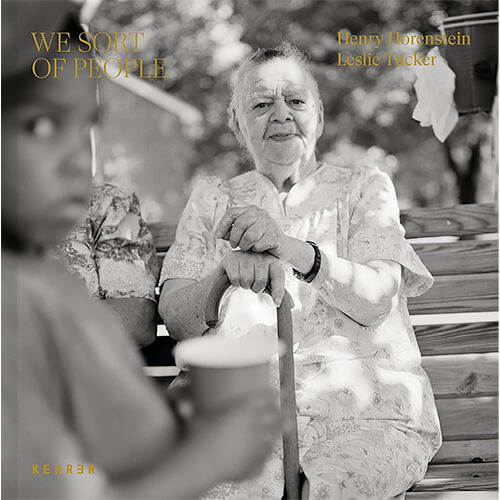Henry Horenstein and Leslie Tucker began working together in the
summer of 1997, when she invited him to Maryland to shoot the
mysterious, little-known Wesort clan. ''We sorts are different from
you sorts.''
During the mid-twentieth century the Wesorts were a kind of urban
myth among black people in Washington, DC. They were known by
a single name—Proctors. They looked white but didn’t claim any
race.They kept to themselves. Many belonged to the Catholic Church.
The Wesorts had done something odd in America. They had stepped
out of race. They sustained this status with constant intermarriages.
Three races—black, white and native american—combined into one
family with cousins making dozens for centuries.
They mixed, mated and migrated in between whites and blacks from
the earliest documented records of the nation. While the project
started as a genealogical search for a family whose roots stretched
back to the founding of the first Catholic colony, it grew into a mystery about the origins of race in America, then became a race against
time as the Wesorts and their descendants disappeared and died. If
race itself is the sorting of humans into shared physical qualities,
where did the colorfully eyed, blond, pale-skinned Wesorts fit in
America’s rigid categories?
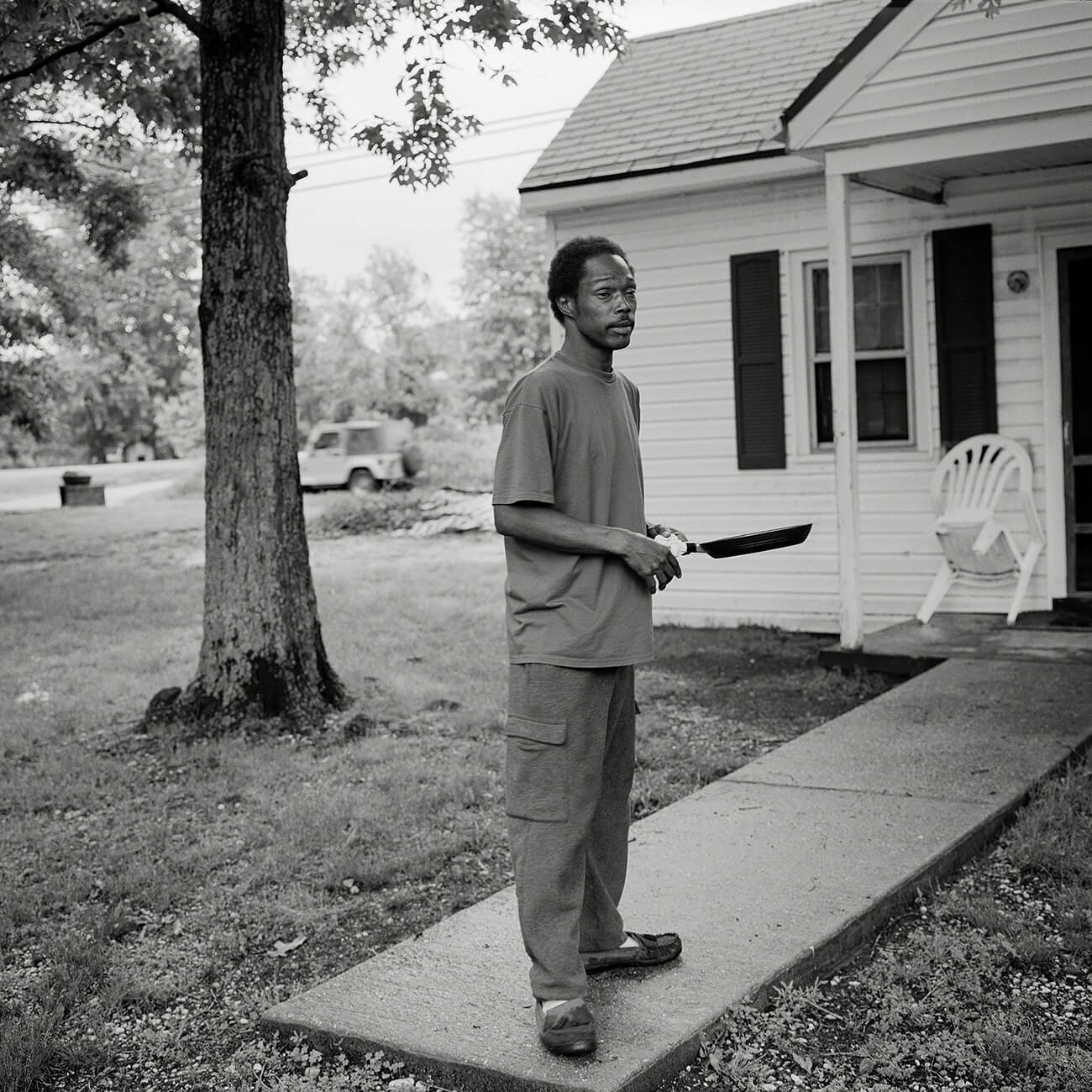
Lonie's neighbor with frying pan, Route 301, Bel Alton, Maryland, 2003 @ Henry Horenstein
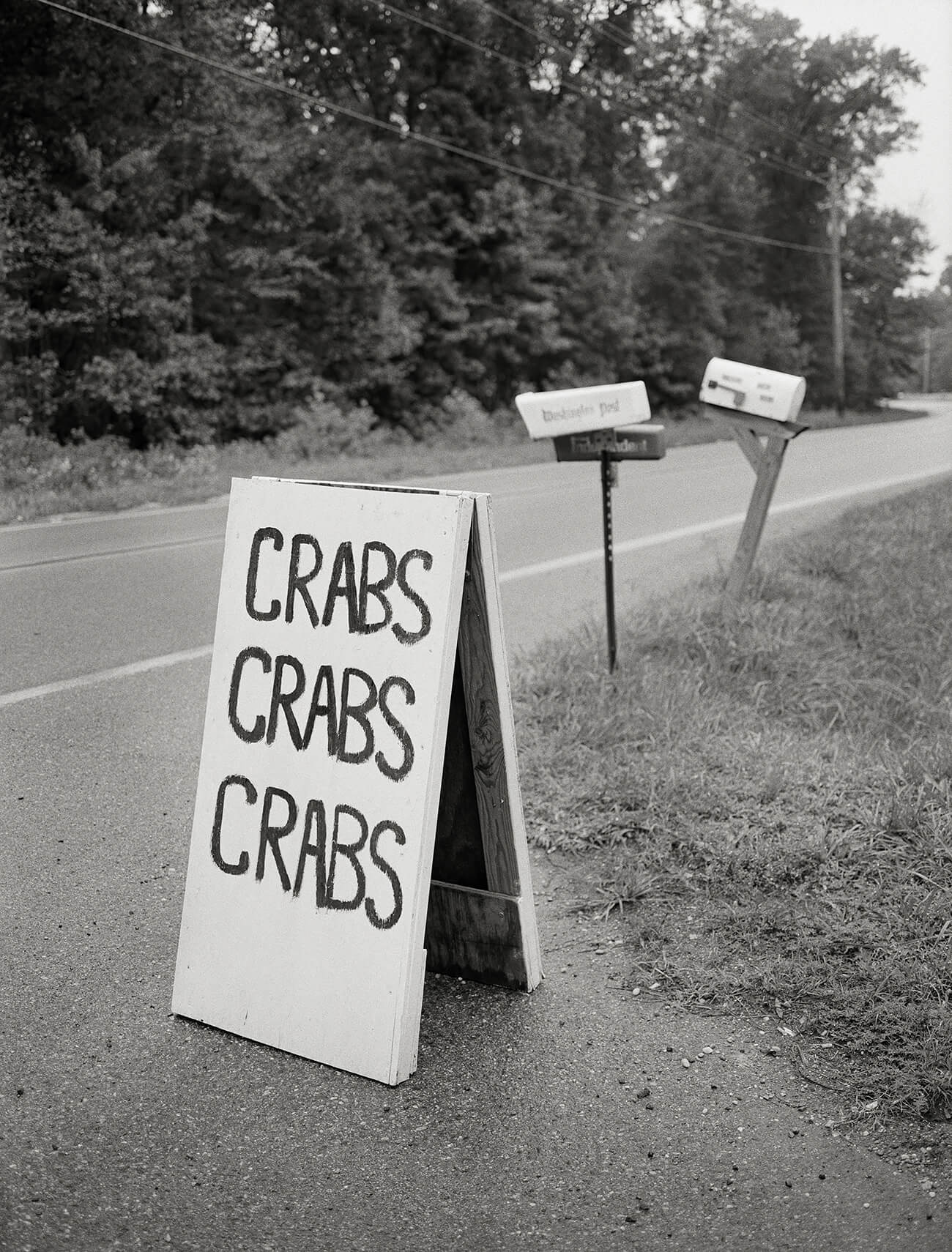
Crabs for sale, old Route 301, Bel Alton, Maryland, 2006 @ Henry Horenstein
While Henry photographed the last generation of Proctors and their
disappearing world, Leslie recorded the conversations she had with
the wise women of her family. A living archive emerges, with voices
that portray the complex realities of their lives in their own words,
as seen through their eyes. This family history is elastic, moldable,
and often lost. It isn’t necessarily permanent or durable or even correct.
Much like the graves of Leslie’s ancestors— which have no markers
at all—are simply there waiting for someone to find them again.
This timeless photography in We Sort of People combines Henry’s
lifelong vision and determination to document the social histories
of those who live in liminal spaces, bridging multiple realities, in
marginal communities.
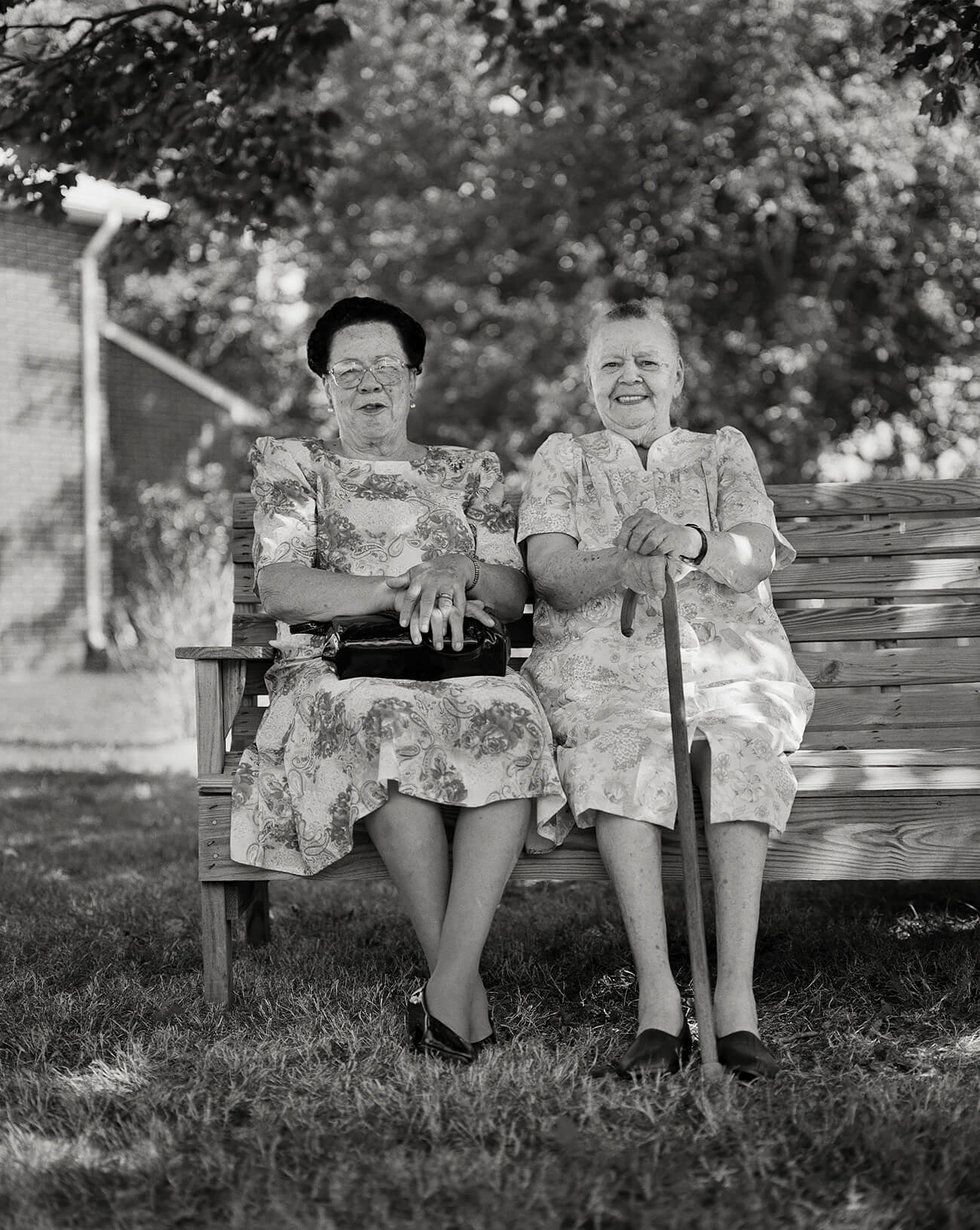
Viola and Lonie at the church picnic, Saint Ignatius church, Port Tobacco, Maryland, 1997 @ Henry Horenstein
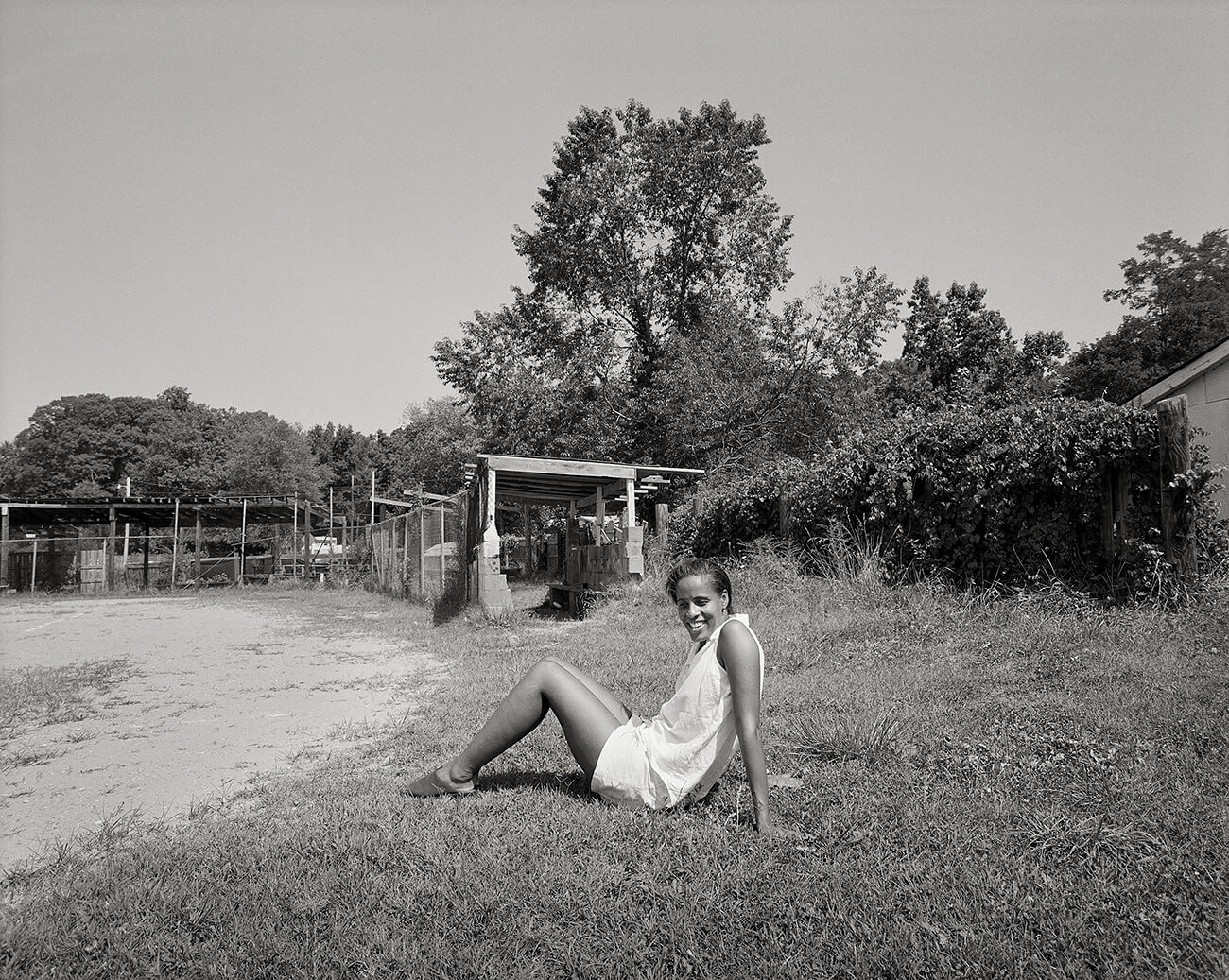
Leslie, lounging in the baseball field behind Proctor’s Inn, Waldorf, Maryland, 1997 @ Henry Horenstein
has been a photographer, filmmaker, teacher, and
author since the 1970s. He studied history at the University of Chicago and with legendary British historian E.P. Thompson. He earned
his BFA and MFA at Rhode Island School of Design (RISD), where he
studied with legends Harry Callahan and Aaron Siskind. Henry’s work
is collected and exhibited internationally and he has published over
35 books. In recent years, Henry has been making films: Preacher,
Murray, Spoke, Partners, and Blitto Underground. He is in production
on Everyone Is Someone, a film about Cajun Louisiana. He teaches at
RISD and lives in Boston.
From stock car racing to country music stars, this US photographer is
one of the great documenters of Americana - Guardian (UK)
Leslie Tucker worked in book and magazine publishing, children’s
television, and broadcast journalism. She was a freelance field pro-
ducer for CNN Manila. After the Soviet Union collapsed, she managed
thirty regions in Russia, teaching radio and TV journalists how to
produce Western-style economic news. Leslie majored in English literature at Princeton University. She lived in Moscow for nearly two
decades and now lives in northern Virginia.
Shannon Thomas Perich is curator at Photographic History Collection, Smithsonian’s National Museum of American History. She has
authored books, curated exhibitions, written blogs, and given lec-
tures that cover the earliest of photography to the most current.
She is a history of photography adjunct professor at Maryland Insti-
tute College of Art. She and Horenstein have worked in collaboration
several times across two decades.
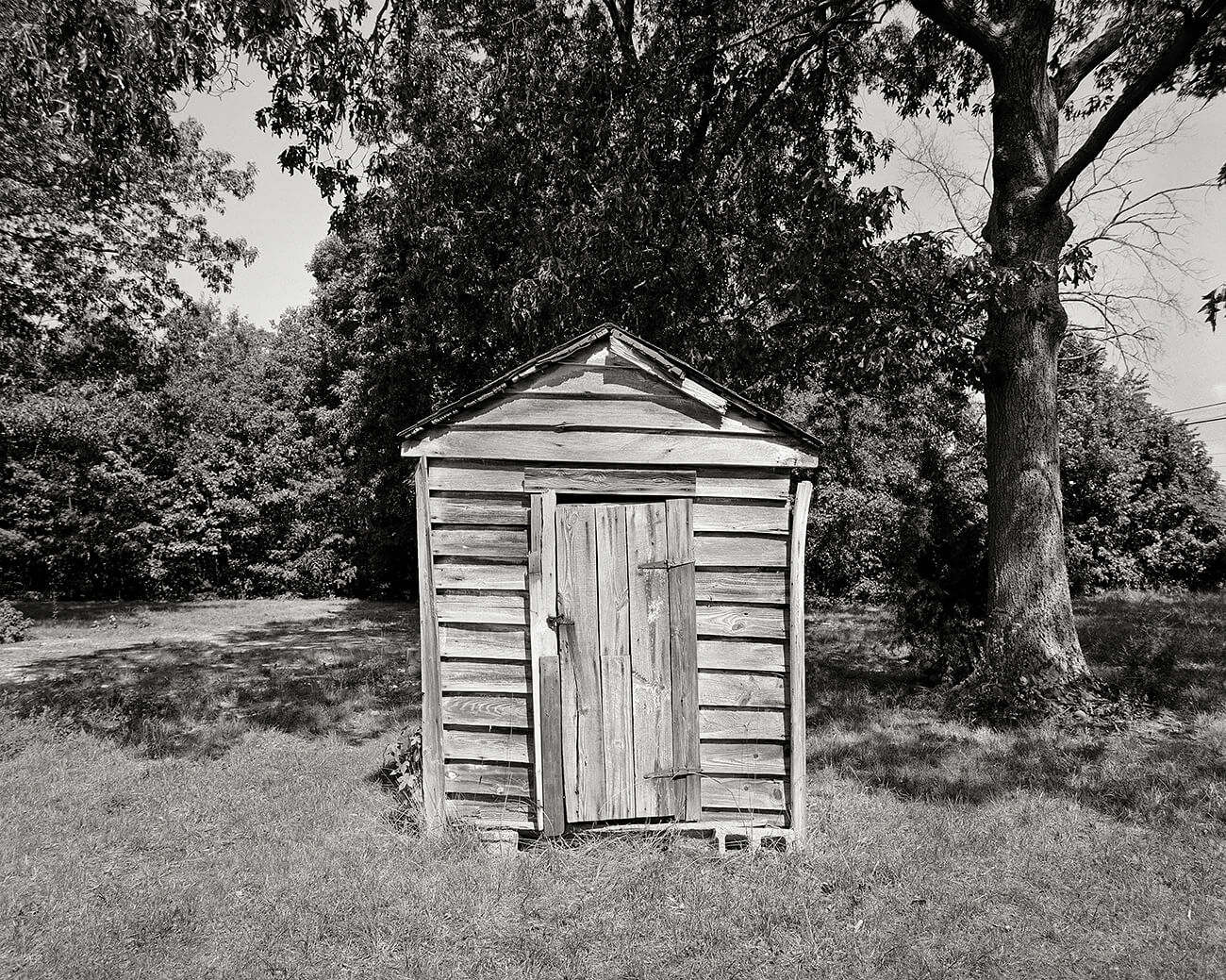
Abandoned outhouse, behind Lonie’s house, Bel Alton, Maryland, 1997 @ Henry Horenstein
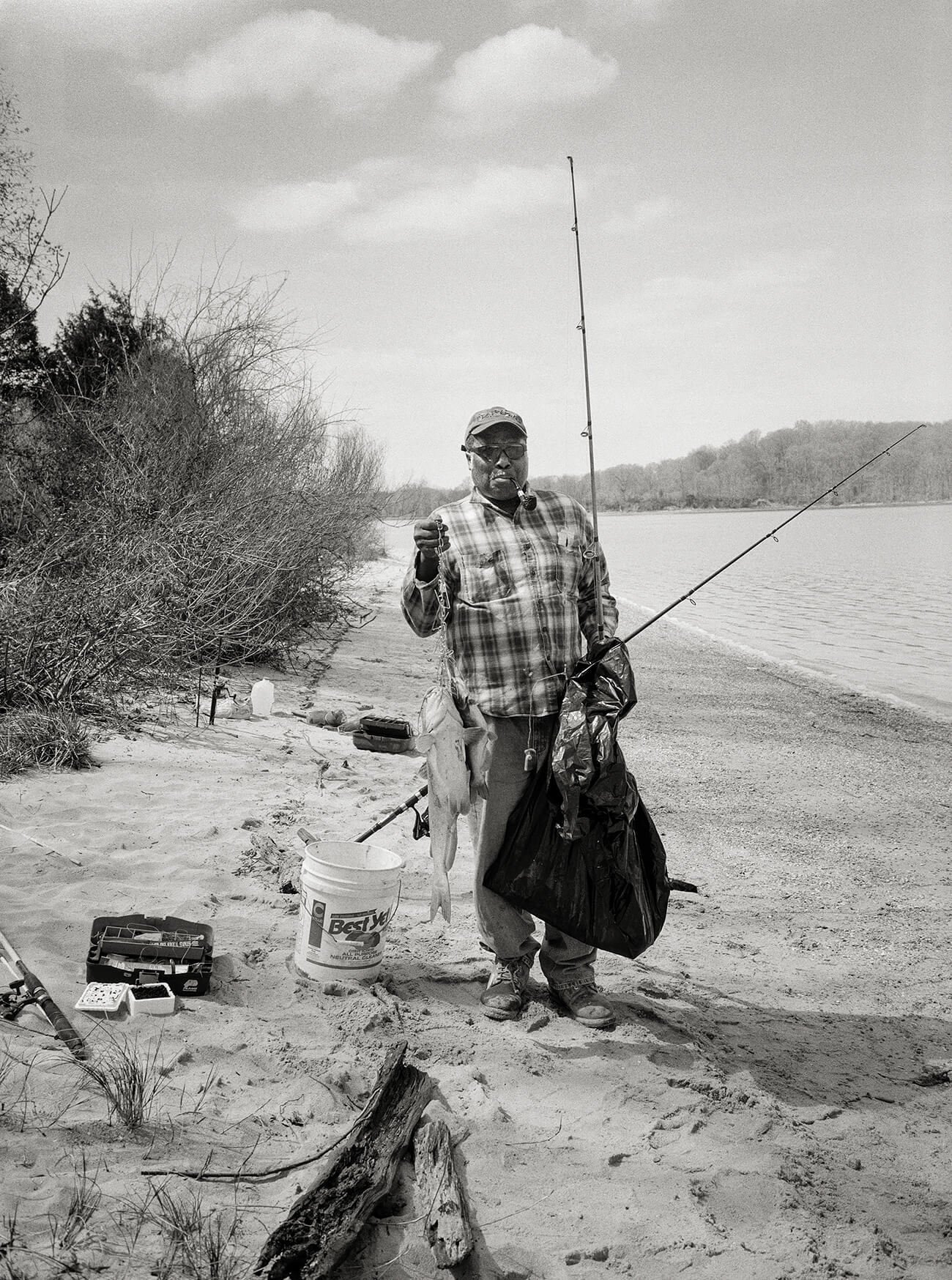
Fisherman with his catch, Chapel Point State Park, Maryland, 2006 @ Henry Horenstein
